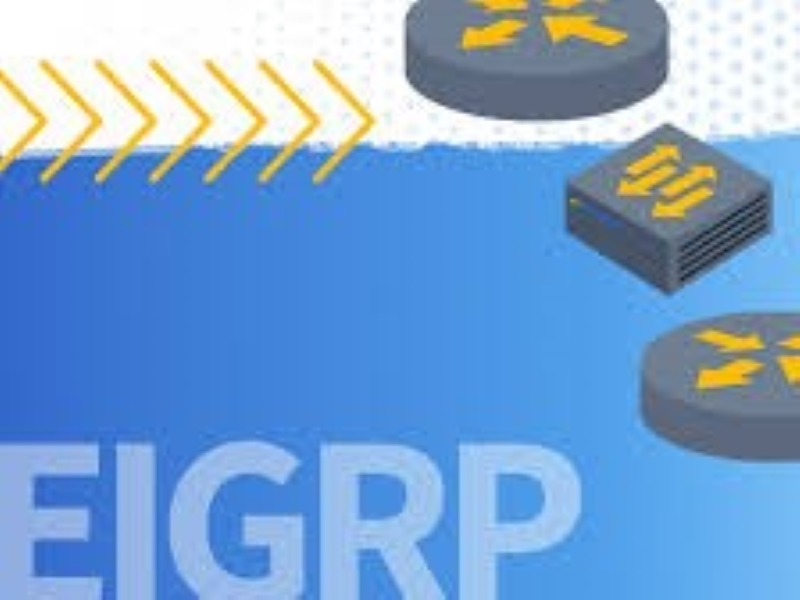- The EIGRP protocol was designed by Cisco Systems as a proprietary protocol and it’s available only on Cisco routers.
- EIGRP replaced the IGRP in 1993. One of the major reasons for this was the change to classless IPv4 addresses in the Internet Protocol, which IGRP could not support.
EIGRP is used on a router to share routes with other routers within the same autonomous system. Unlike other well known routing protocols, such as RIP, EIGRP only sends incremental updates, reducing the workload on the router and the amount of data that needs to be transmitted. In this blog, we will learn about the EIGRP protocol and how it works.
EIGRP fundamentals
Enhanced Interior Gateway Routing Protocol (EIGRP) is an advanced distance-vector routing protocol that is used on a computer network for automating routing decisions and configuration. It was developed by Cisco in the 1990s as an upgrade to the interior gateway routing protocol (IGRP). IGRP is a distance-vector routing protocol, an improvement on the older routing information protocol (RIP).
One of the things that makes EIGRP different is that it uses a combination of distance-vector and link-state routing protocols. This technically makes EIGRP an advanced distance-vector protocol or a hybrid protocol. Originally, it was only available on Cisco hardware but for a few years, it’s now an open standard.
This protocol can be deployed on both IPv4 and IPv6 Internet Protocol networks. It can also be deployed on networks such as Novell Internetwork Packet Exchange. Besides, EIGRP is the only interior gateway protocol (IGP) that can perform unequal-cost-load-balancing. It performs equal-cost-load-balancing (ECMP) load balancing over 4 paths like RIP by default. It can even load balance based on the proportion of their bandwidth. Therefore, more traffic will be sent over to the paths with lower metrics as they are faster.
Also read: What is Routing Information Protocol (RIP)?
Also read: 2 protocols used most often with IoT devices
How it works
EIGRP is a distance vector and Link State routing protocol that uses the diffusing update algorithm (DUAL) (based on work from SRI International) to improve the efficiency of the protocol and to help prevent calculation errors when attempting to determine the best path to a remote network. Unlike other routing protocols, EIGRP uses four major metrics to choose the best path to transmit the packets, like bandwidth, delay, load, and reliability. The default metric used by EIGRP is bandwidth and delay.
To pass messages and facilitate session management, EIGRP uses five package types:
- HELLO packets. Sent out at regular intervals to facilitate the neighbor discovery process.
- QUERY packets. Used by a router to advertise that a route is in an active state and to request alternate path information from neighbors.
- REPLY packets. Sent after an entire QUERY packet has been received to acknowledge that packet’s receipt.
- REQUEST packets. Used to request specific information from one or more neighbors, similar to QUERY packets but sent unreliably — no notification if delivery fails.
- UPDATE packets. Convey information about destinations and their reachability.
EIGRP is the new-age interior gateway protocol (IGP) that has a faster convergence. Its highlighting feature is the unequal-cost-load-balancing that in return, reduces CPU usage. However, EIGRP is more of a Cisco proprietary even though some of its features are open-standard. OSPF is considered over EIGRP.

